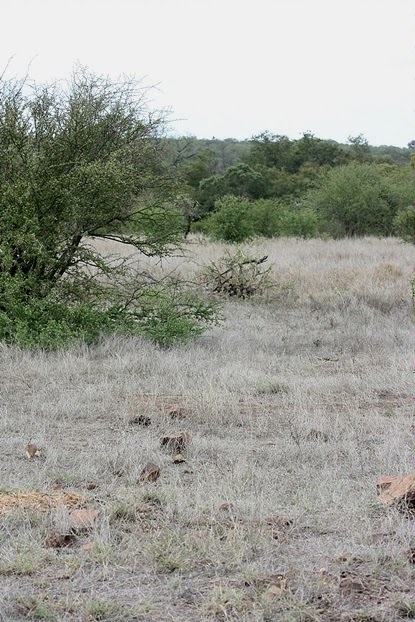Nature’s
mistakes
Satara Rest
Camp has always been my favourite as it is ideal for photography due to the
fact that there are more open plains around. Large, mixed herds of animals can
be seen along the roads as far as Orpen Camp in the west, Tsokwane Picnic spot
in the south, Nwanetse Picnic spot in the east and Olifants Camp in the north.
Getting a chalet there for 4 nights was a bonus as it gave me the chance to dry
out my things – the mattress took 3 of them – besides, it was a wonderful
change from camping. J
The S100 has to be the most popular road in this part of the Park. The road winds along a small watercourse and is a delight in that almost every species of animal found in the Park is seen there. We were headed for my favourite dam at the end of it, about 20km’s away, which was my regular coffee and rusks stop when I am in the area. There has been a lot of rain, so the dam was very full.
All animals have their distinctive markings with which they can be identified such as these on an Impala’s rump and the back of the ears.
I came upon this poor giraffe and noticed the huge and abnormal swellings on the front legs.
Wanting to know what caused them, I sent off an e-mail to find out and this was the reply:
“The swellings are obviously associated
with the carpus on both limbs, but I was not sure what could have caused this.
I asked Johan Steyl at Onderstepoort.
He says, “if it was only one the DD's
list could longer (neoplasia, absessation) but because this clearly involves the
joints or structure running over them consider the following:
1. Seroma formation (sinovial or tendon
sheath) due to chronic brucellosis can present with painless swellings like
these - culture is indicated of fluid if the swellings are fluctuent .
2. Seroma formation due to past trauma
- hyperextension of the joints; physical injury to tendon sheaths running
over carpi eg. poorly designed crate during transport
3. If the swellings are solid -
possibly carpal ligament injury resulting in joint instability and massive
epiphysial exostosis.
4. Absessation, fracture callus and neoplasia is low on the list with bilateral presentation.”
4. Absessation, fracture callus and neoplasia is low on the list with bilateral presentation.”
I hope this helps.”
Vervet
Monkeys are found all over South Africa and in places where people feed them,
they have become very aggressive unfortunately. This mother and baby were
sitting on a log catching the first rays of sunlight after a cloudy and cool start
to the day.So many times I come across wonderful creatures which have been ridden over and killed by people not paying attention to what is on the road in front of them!! All they are looking for is lions for some reason when there is so much else to see!! It makes me sick to think of the amount of species being unnecessarily decimated!! This lovely python which was only about 40cm in length was one of them.
Injuries in a game reserve like this is fairly common to see and this Zebra was lucky to get away with his life. The marks on the belly and rump tell me it was a lion attack which he narrowly escaped from.
Dens for Hyaena cubs is usually made in the water culverts along the roads. Both mother and cubs lay there in order to absorb the warmth from the tarmac. The flies at this time of year can be horrendous and the mother was trying to keep them off her face. She seemed to be peeking out at us to make sure we were not a threat. J

































